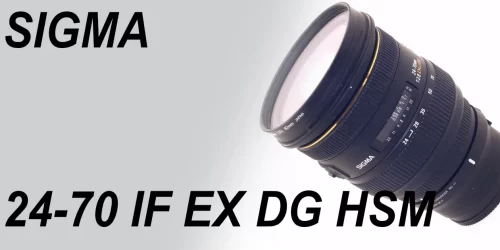VARIO ELMAR R 70-210 F4
Review and Photo example of the LEICA R mount VARIO LMAR R 70-210 F4.
Table of contents
Gallery
- The sample photo were taken with the CANON EOS 1Ds MKIII
Review
The Vario Elmar R 70-210mm is the third generation of Leica R’s four types of F4 class zoom lenses, and is a Japanese-made lens designed and manufactured by Minolta, of which 14,000 were manufactured.
Of the four generations of F4 class zoom lenses, the first to third generation were made by Minolta, and the fourth generation was made by Kyocera.
The Minolta model number of this lens is MD ZOOM 70-210mm F/4, and the difference between the Minolta version and the Leica version is that the Leica version has a built-in hood and a filter diameter of 60mm, so the design of the lens exterior is different.
Although it is a Leica brand, it is a zoom lens that is made in Japan and is available at a very low price.
Although it is cheap, the image is stable, and I feel that it is made by Minolta.
The front and rear blurs are smooth and do not produce any annoying two-line blur.
There are no noticeable false colors at any focal length, and backlight isn’t too much of a problem, and it’s enough for this price.
The shortest shooting distance is 1.1m over the entire range, and at 210mm, the magnification is 1:4.
It weighs 720g, so it’s not heavy. Because it is long and thin, it looks unbalanced when attached to a large camera, but this does not pose a problem when used.
Perhaps due to the aperture of F4, it is easy to get the peak in focus even with the EOS viewfinder in bright places such as outdoors on a sunny day.
Since this is a zoom lens from the manual focus (hereinafter referred to as MF) era, it uses a straight-line zoom method. With straight zoom, the focal length is changed by moving the lens barrel back and forth (it is 210mm when stored and 70mm when extended), and the rotation of the lens barrel is used as a focus ring to adjust the focus. Zoom lenses from the autofocus (hereinafter referred to as AF) era were two-ring types, with a zoom ring and a focus ring separated.
Speaking of straight zoom, when I first started using cameras, it was common for AF zoom lenses to have a separate zoom ring and focus ring. When I used the linear zoom of Tamron’s Adaptor 2, which I bought for fun with the mount, I remember being impressed by how it operated. For MF zoom lenses, this is a reasonable method of operation that allows you to zoom and focus at the same time.
The lens I own is one of 3000 made in 1991 with 3CAM specification and serial number 358xxxx.It is a lens that is relatively common and inexpensive on the market. I have never seen any other version of this lens other than the 3CAM version, and as a zoom lens for the R8/R9, there is a ROM version of Kyocera’s 4th generation Vario Elmar R 80-200, which is probably the one in charge.
Since it is a medium telephoto lens with no protruding rear lens, it can be used with the EOS-1DsMKIII without error.


Specification
| Items | VARIO ELMAR | ← | ← | ← |
| Focal length(mm) | 80-200 | 75-200 | 70-210 | 80-200 |
| Max aperture | 4.5 | ← | 4 | ← |
| Min aperture | 22 | ← | ← | ← |
| Lens Construction | 14elements in 10groups | 15elements in 11groups | 12elements in 9groups | 12elements in 8groups |
| Leaf blade | 6 | 8 | 7 | 8 |
| Min distance(m) | 1.8 | 1.2 | 1.1 | 1.1 |
| Lens length(mm) | – | 157〜 | 163〜195 | 165 |
| Max diameter(mm) | – | 70 | 73.5 | 71 |
| Filter Size(mm) | 55 | ← | 60 | ← |
| Zoom method | Push/Pull | ← | ← | 2 ring |
| Weight(g) | 625 | 725 | 720 | 1,020 |
| Release date to product end | 1974〜1978 | 1978〜1984 | 1983〜2000 | 1996〜2009 |
| Production numbers | 4,500- | 27,100- | 14,250 | 14,350+ |
| Manufacturer | Minolta | ← | ← | Kyocera |
| OEM | Minolta MC Rokkor 80-200mm F/4.5 | MINOLTA MD ZOOM ROKKOR 75-200mm 1:4.5 | MINOLTA MD ZOOM 70-210mm 1:4 |
Reference links
Update history
- 2024.04.25
- 2022.05.26






